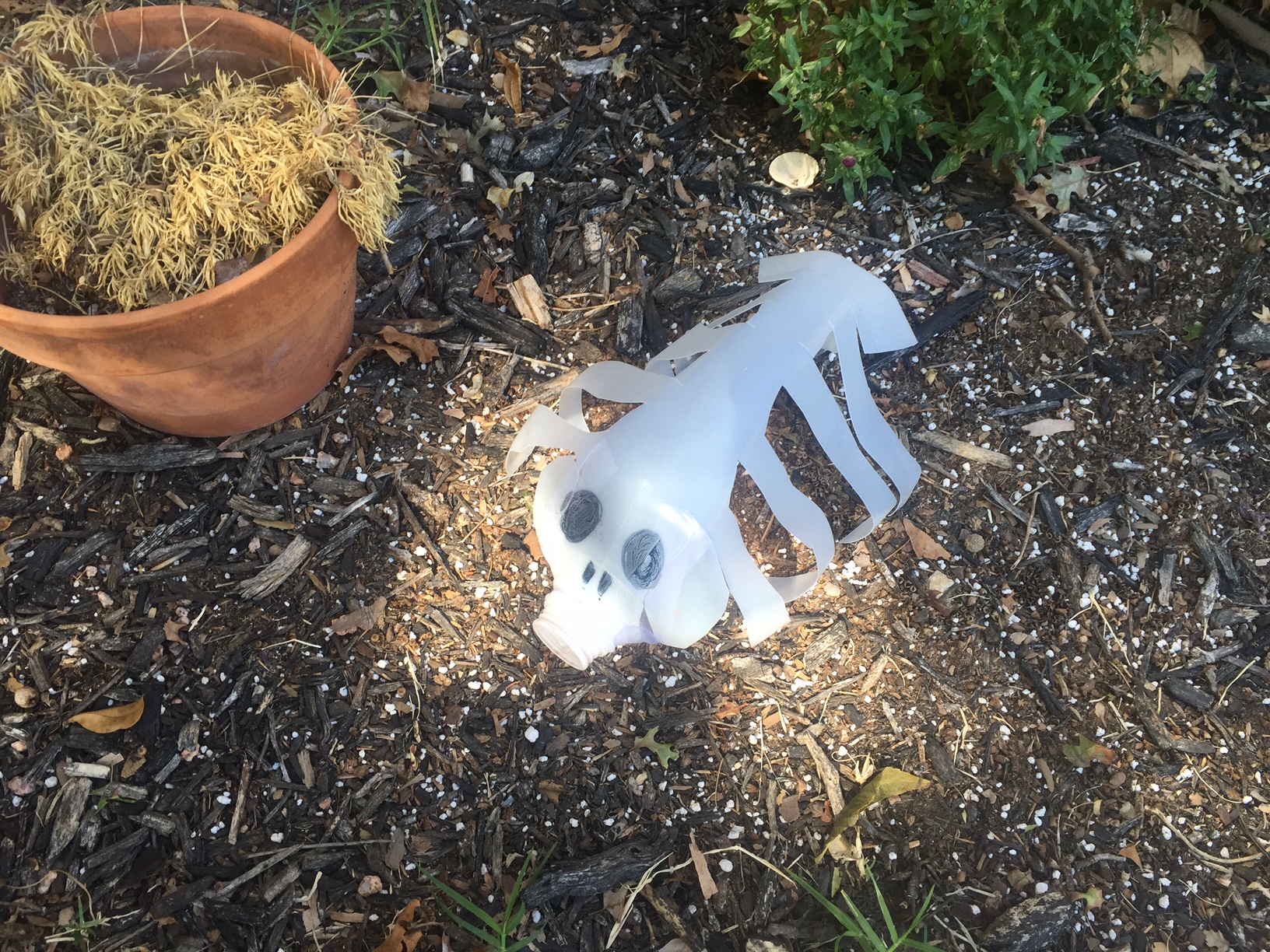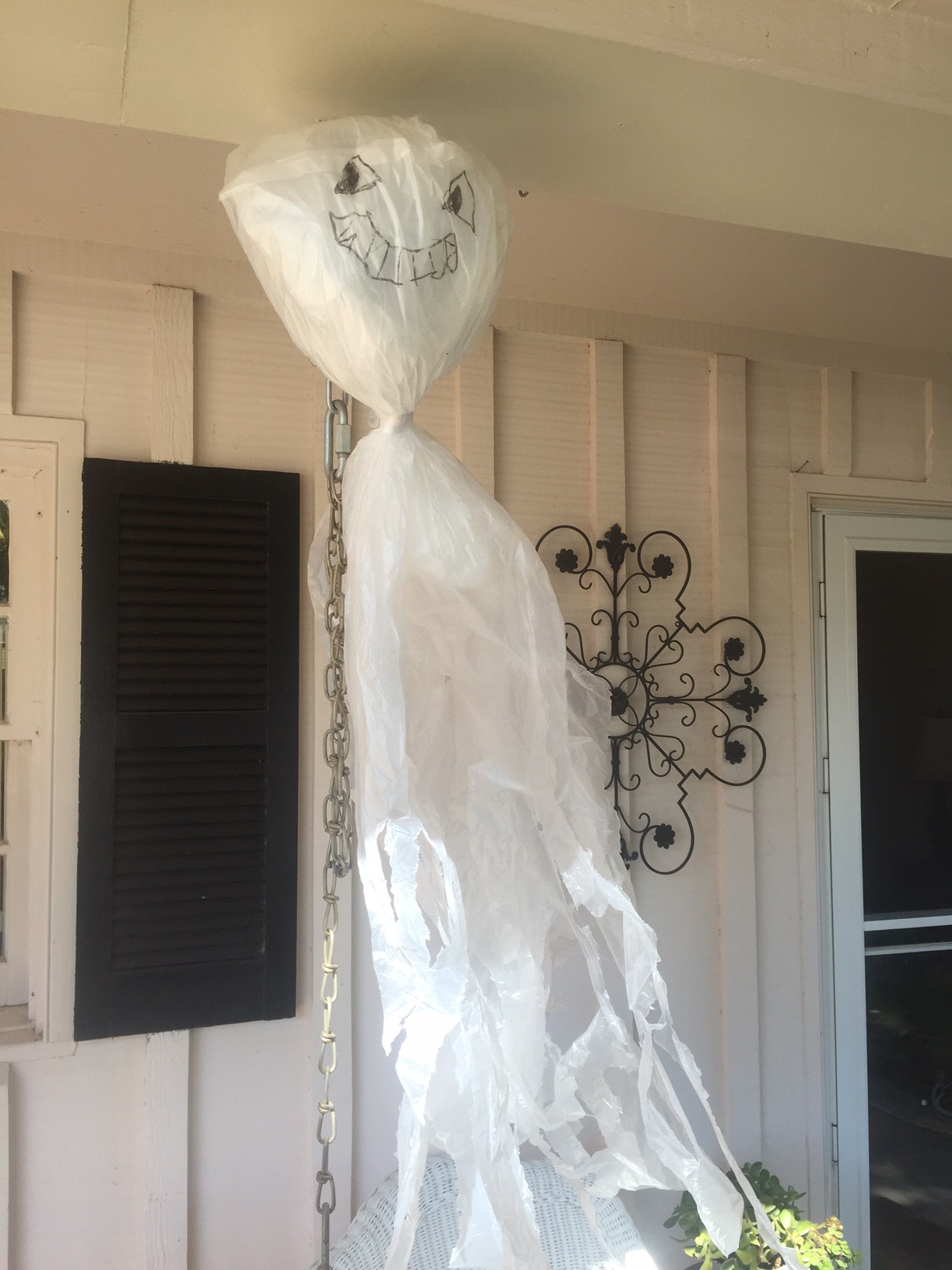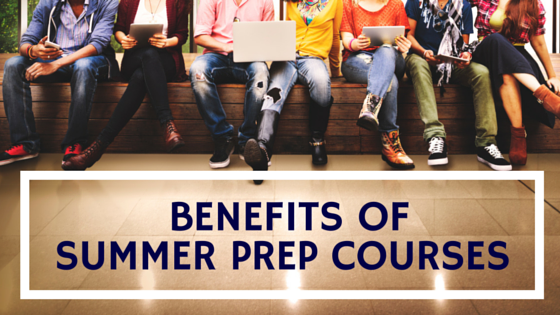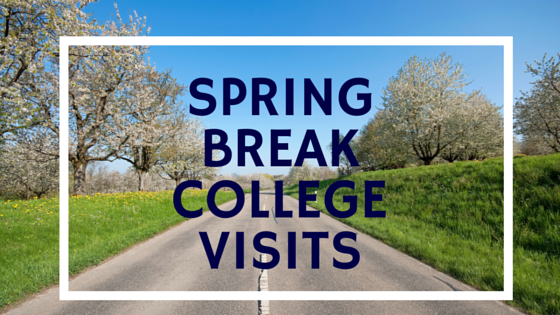by Baron Eliason
Founder, 123Recycling, Lubbock
Guest Contributor
We are so happy to introduce our readers to our newest local blog contributor Baron Eliason! He is the founder of 123Recycling based in Lubbock and he’ll be sharing with us ways that local families can make a difference in our environment AND do it while having fun! Have a question? Just leave a comment here or contact Baron through his website at 123Recycling.org or email him at baron@123recycling.org.
As they say, the family that plays together, stays together. With the holidays upon us, playing together is the key to holiday success. In our busy lives it is easy to conclude: “who has time for figuring all this out?” But the solution is right under your nose – recycling.
Art teachers have been recycling for years because the things we throw away make easy and fun art projects. Why not learn from the pros and try it at home. Recycling is as easy as 123 and it can be a fun way to make family memories that also teach great lessons about taking care of our beautiful environment. As a father of five I can also tell you this, you will treasure these little artifacts for years to come!
In this holiday recycling series 123Recycling of Lubbock will be bringing you fresh new ideas to make recycling memories for Halloween, Thanksgiving, and Christmas. To get started, let’s set the basic ground rules, it is easy as 123: 1) keep it simple 2) keep it safe 3) keep it fun. What does that mean? Use what you have in packaging materials, etc, help the kids with things like hot glue and sharp scissors, make sure you laugh and praise and smile a lot!
For Halloween, we are going to focus on five easy ideas for yard decorations.
Not only will you be having fun but you will be saving lots of money too – nothing scary about that!
1. Milk Jug Monsters – faces

a. Collect and clean the jugs.
b. Decorate the faces.
c. Light with Christmas lights (you need to find them anyway) or electric candles, etc. You can hang them from trees as floating heads or plant them in the garden, or put them on the roof as watchful gargoyles.
Hint: weigh them down with rocks, etc. to keep them in place, or……..
Milk Jug Monsters – yard spiders.
Take a look at these pictures. With scissors or a utility knife cut out these spooky spiders and let the kids decorate to taste.
2. Plastic Poltergeists
a. Gather trash bags and variously-sized plastic bottles to make your very own ghost family vis-à-vis the family stick figures people put on cars.
b. Use balloons to make the big trash bag heads and decorate them.
c. Use any kind of stuffing to make the heads for the smaller ghosts.
d. Tape the trash bags under the head at the neck to keep the heads in place – shred the bottom to make them really float in the wind.
e. Hang them from the trees, roof line, etc.
3. Terrifying Tombstones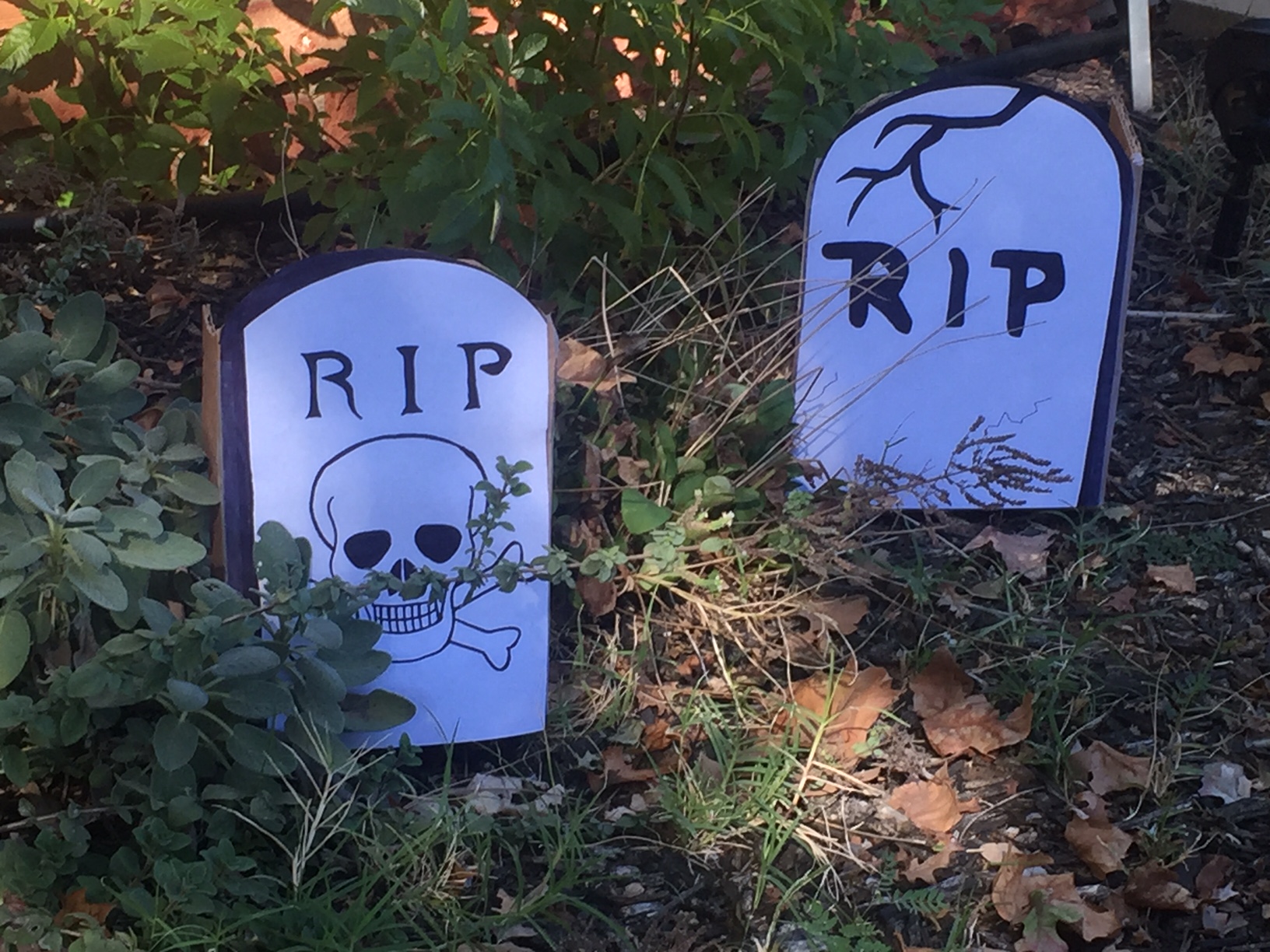
a. Collect boxes such as Tombstone pizza, cereal, Amazon, etc.
b. Cover them with white paper.
c. Decorate with faces, R.I.P., funny messages
d. Stake down with hanger wire.
4. Marshmallow Minions

a. Let the kids go wild making all kinds of faces.
b. Wrap them in a dryer cloth or post them on a stick!
c. You can make a whole pumpkin patch! Warning: dogs and others might eat your decorations ![]()
5. Things That Go Bump in the Night
a. Collect things like cola and tin cans… anything that clinks and make a wind chime for some scary noises at night
b. Put them on one side of a hanger and weight the other half to help them clink when the wind comes. Hint: you could arrange for them to be shaken with a string. Hint 2: you might need to hide them a bit, Moms might not be thrilled with the aesthetics.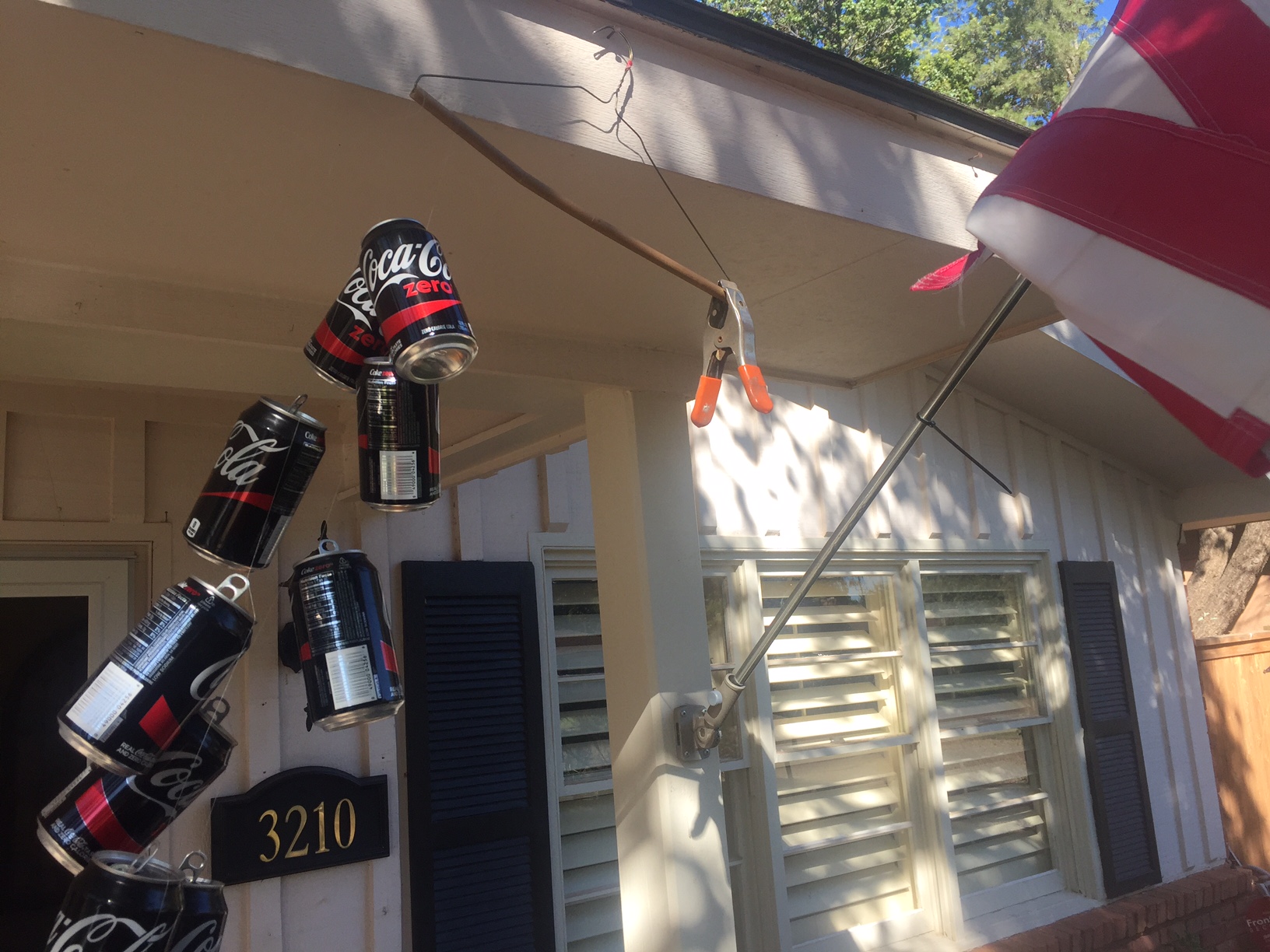
As you can see, there are plenty of fun things you can do for Halloween with things that get thrown away. Stay tuned for some table decoration ideas coming in November. Please share this post with your friends and share some of your ideas this holiday season – then… recycle the materials and keep the memories.
Happy Halloween from 123 Recycling – find us at 123Reycling.org or connect with us on Facebook or Twitter. We make curbside recycling easy for you.
Photo Credits: 123Recycling – Lubbock.


